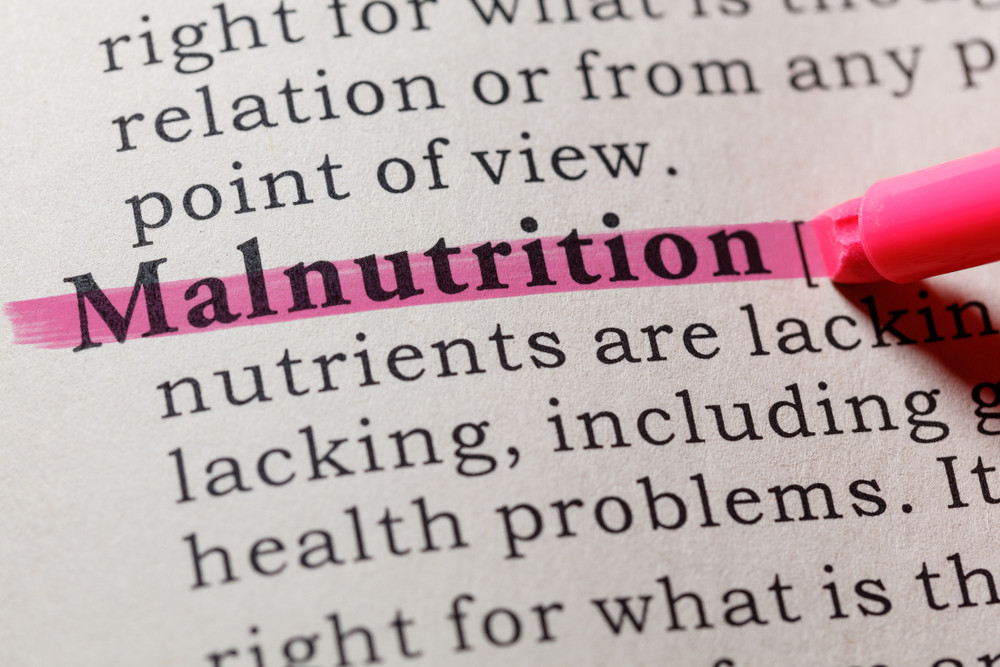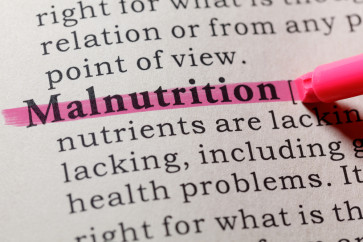Popular Reads
Top Results
Can't find what you're looking for?
View all search resultsPopular Reads
Top Results
Can't find what you're looking for?
View all search resultsAre you malnourished?
Change text size
Gift Premium Articles
to Anyone
T
he word “malnutrition” tends to invoke images of starving children in refugee camps, fleeing conflict or drought in lands faraway. While that image does reflect a reality of hunger, it does not solely define malnutrition nor those who suffer from it.
Certainly, with more than 820 million hungry people in the world, most of them living in our Asia-Pacific region, undernourishment is definitely a huge problem and one that has stubbornly vexed attempts to crack.
But there are other malnutrition phantoms in our midst and these are probably lurking closer to your own home than you might realize. Waistlines of men and women have been expanding in recent decades and there are now more than 2 billion overweight adults in the world — while 670 million of them are obese. More than 120 million children and teens are also defined as obese.
What we eat, of course, defines how well-nourished (or malnourished) we are. In other words, it’s not simply quantity (as in how much we eat) that’s causing the malnourishment, it’s more to do with what we’re eating — or not eating. Simply put, the world is facing a triple burden of malnutrition — from undernourishment, micronutrient deficiencies (lack of vitamins and minerals) and from becoming overweight or obese.
There are, of course, reasons (and excuses) for weight gain. Lifestyles and diets have changed. Increased urbanization indirectly contributes to it as does the pressure of everyday life — and the reliance on processed, fast food. Indeed, in many countries of the Asia-Pacific region, we are bombarded by advertisements encouraging us to eat more junk food high in sugars, salt and fats. Meantime, many people consume fewer fruits, vegetables and other foods high in fiber. It seems we’ve forgotten that an apple a day keeps the doctor away!
Technologies such as computers and smartphones, which bring us much of our entertainment these days, encourage more sedentary lifestyles which means the additional calories we are absorbing are not being burned due to a lack of exercise. That’s simply a “fat fact”.


















